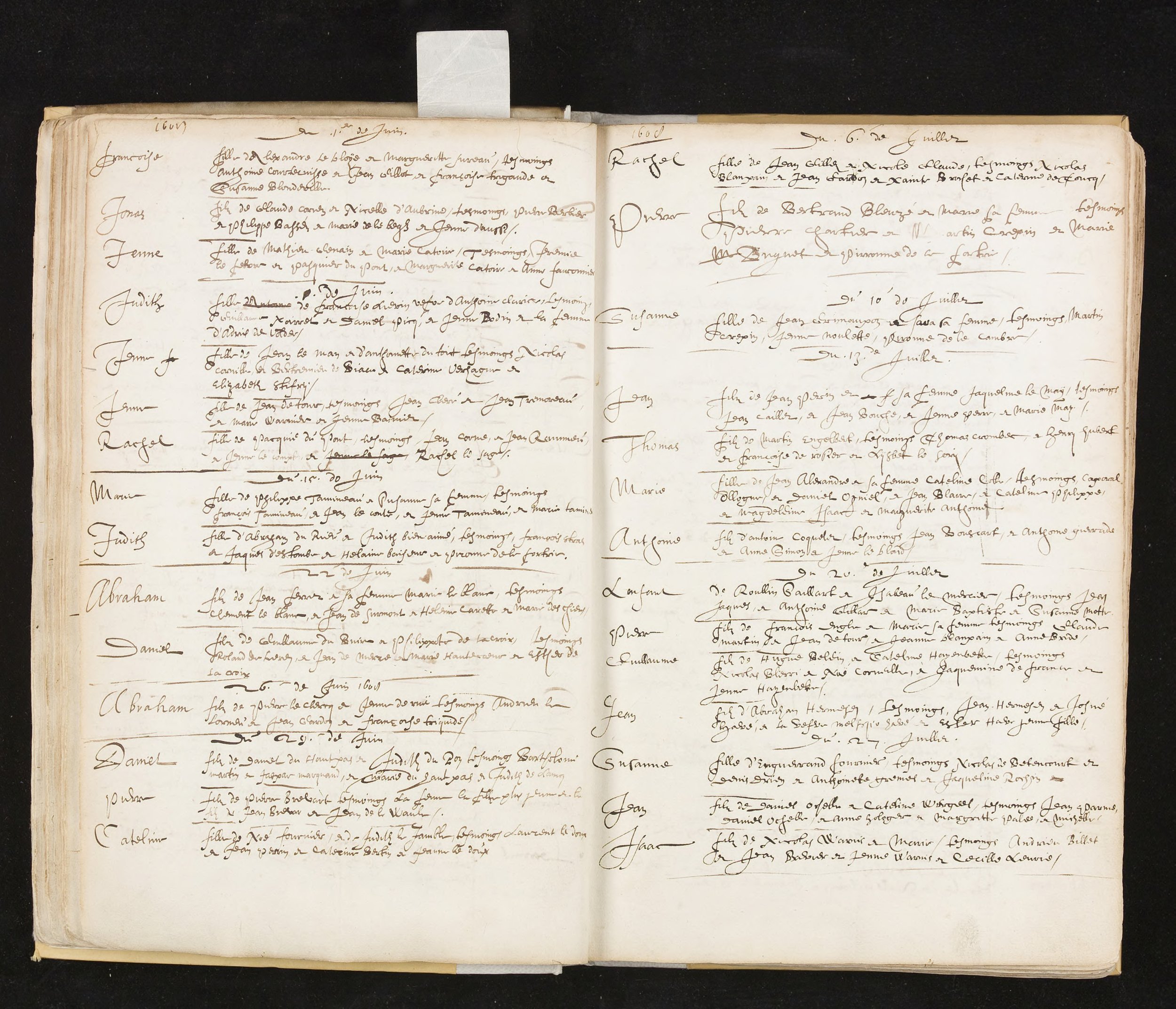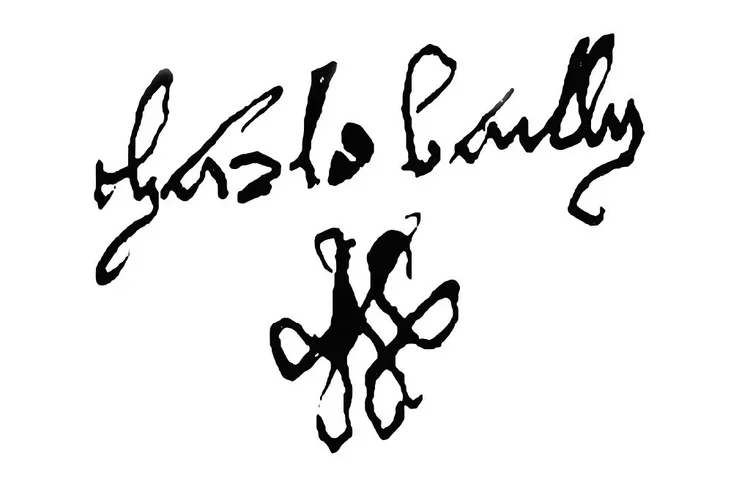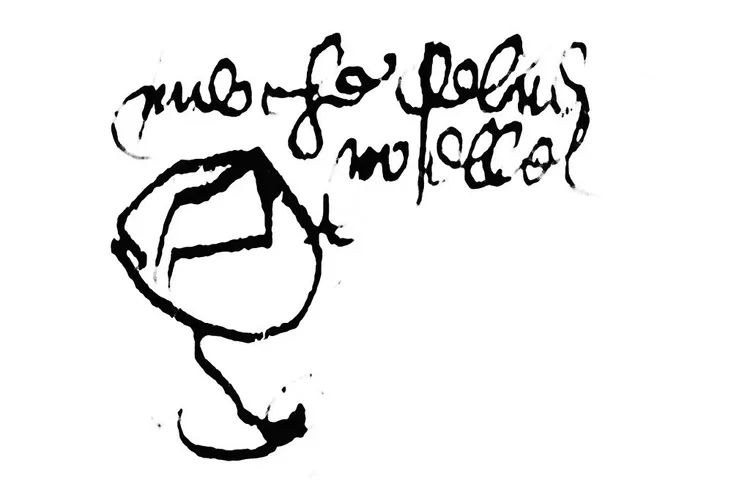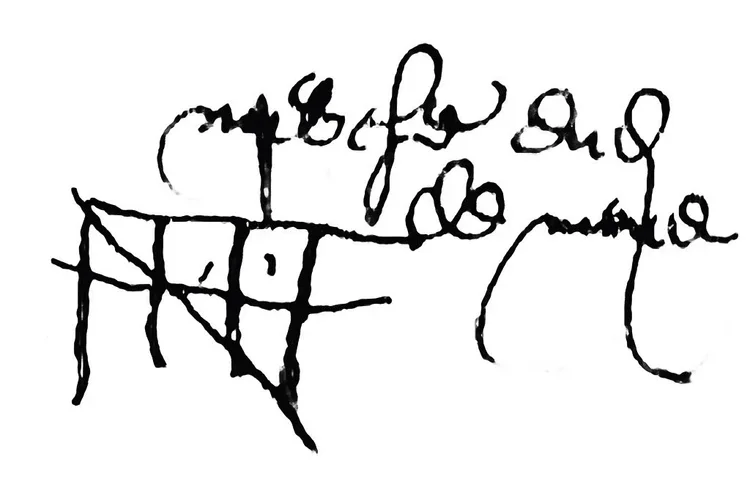
Conscience and Coercion:
The Early Protestants of Amiens, 1530-1650;
Traces of Their Lives
Background Information
“Conscience and Coercion” looks at the members of the Protestant movement as they were surveiled, categorized and persecuted as “heretics” by the powers that be in Amiens and Paris before and during the French Wars of Religion but also discovers them through their own words, deeds, and commitments as persons of faith.
The star shaped fortress at the top was built at the end of the wars of religion on orders of Henry IV after 1598. Depicts the way the Somme River flows east to west and branches as it passes through the northernmost parishes then moves northwest eventually toward the English Channel.
Featured Signatures
-

Signature of Charles le Bailly (#4)
A tapestry weaver, living in the parish of St. Jacques in 1583. He was married to Pacquette de la Chapelle.
Both spouses were suspects in July 1562 in the parish of St. Sulpice. When Pacquette de la Chappelle died Charles married Jeanne le Mercher and then Marie Larunel. Various wills made out in 1582 and 1587 with Jeanne le Mercher and in 1589 and 1591 with Marie Larunel are Protestant in form (notary Lymeu), although the 2 November 1591 will with Laurenel invokes the Virgin as well as Christ but not the saints!
Visit his full bio here: https://www.protestantsofamiens.com/bios/#charles-bailly
-

Mark of Noelle Godivelle (#8)
A widow living in the parish of St. Leu.
She was previously married to the late Adrien DuFay. Noelle fled France and took refuge at the Threadneedle Street Church in London in the 1580s. An entry in the Consistory books of the Threadneedle Street Church explains that “Since the recent troubles in France she has returned to attending Mass; nonetheless, seeing her repentance, it has been decided to admit her to the Supper with the promise by her that once the church of Amiens shall have been reestablished she will abide by the determination of that church.”
Visit her full bio here: https://www.protestantsofamiens.com/bios/#noelle-godivelle
-

Mark of Rasset de Mons (Dumont) (#13)
A merchant woolcomber living in the parish of St. Germain.
He and his wife were on the List of Suspects in St. Germain parish in July 1562. He was fined 60 sous for failing to decorate for the Processions in May 1562, then another 60 sous for returning to the city in 1563 contrary to the commands of the Catholic-dominated city council. He was pursued during the Ligue period, including being required to lend 20 écus to the ultra-Catholic municipal government, and was imprisoned 11 October 1590.
Visit his full bio here: https://www.protestantsofamiens.com/bios/#rasset-de-mons
108 Signatures
Click each name to view their signature and their story
Recent Exhibition
Conscience and Coercion: The Early Protestants of Amiens, 1530-1650; Traces of Their Lives
Andrew Carnegie Free Library and Music Hall Lincoln Gallery
August 27 - September 25 2025
Explore the Website















